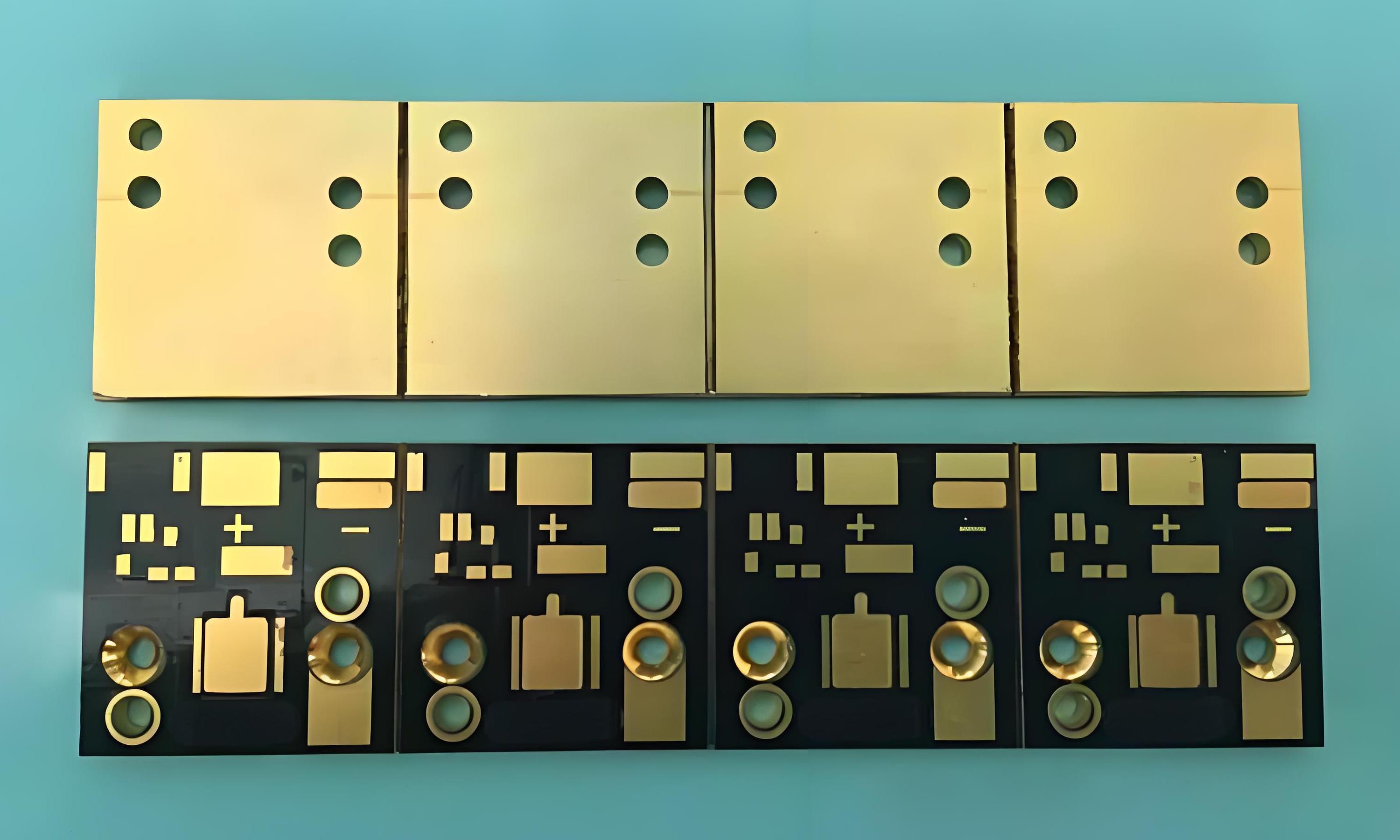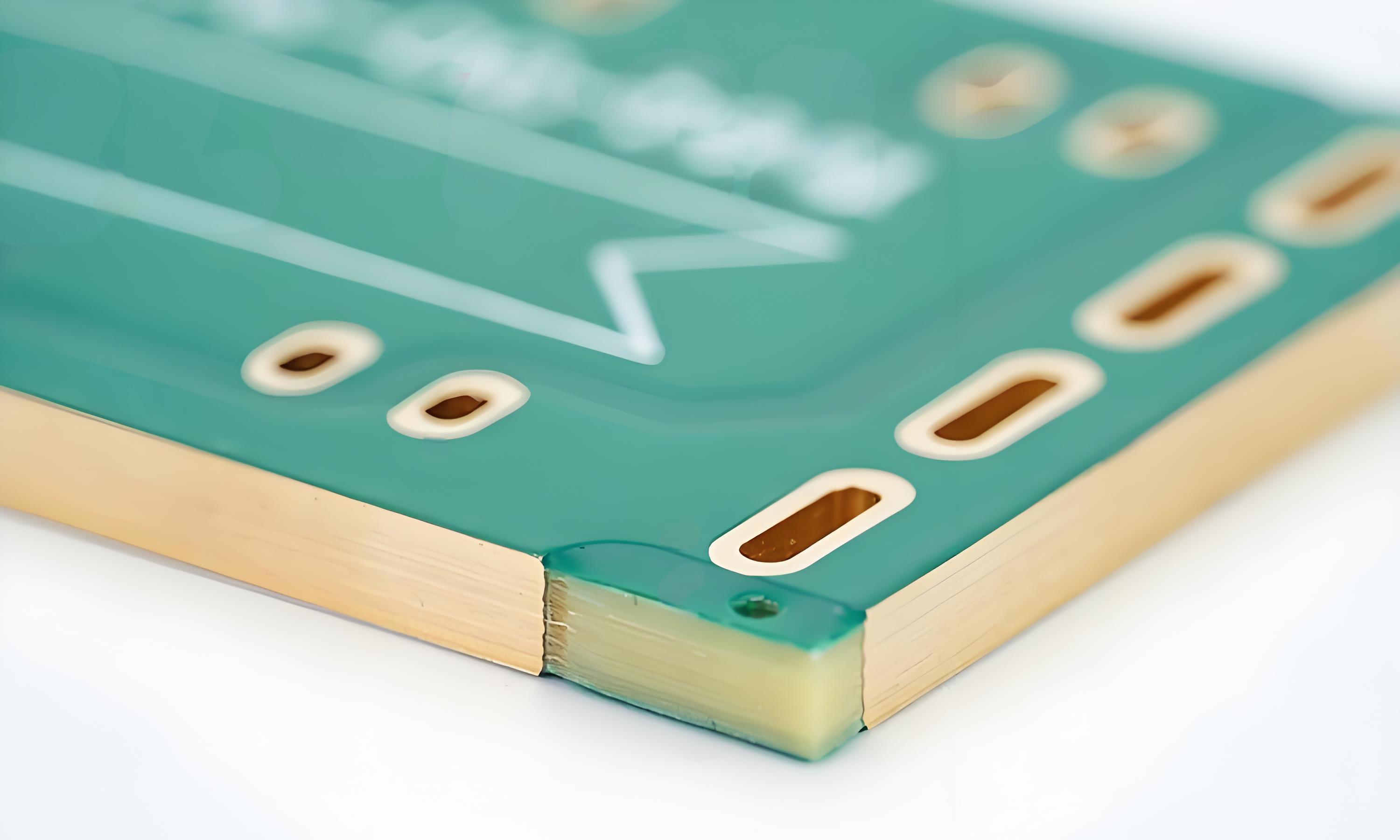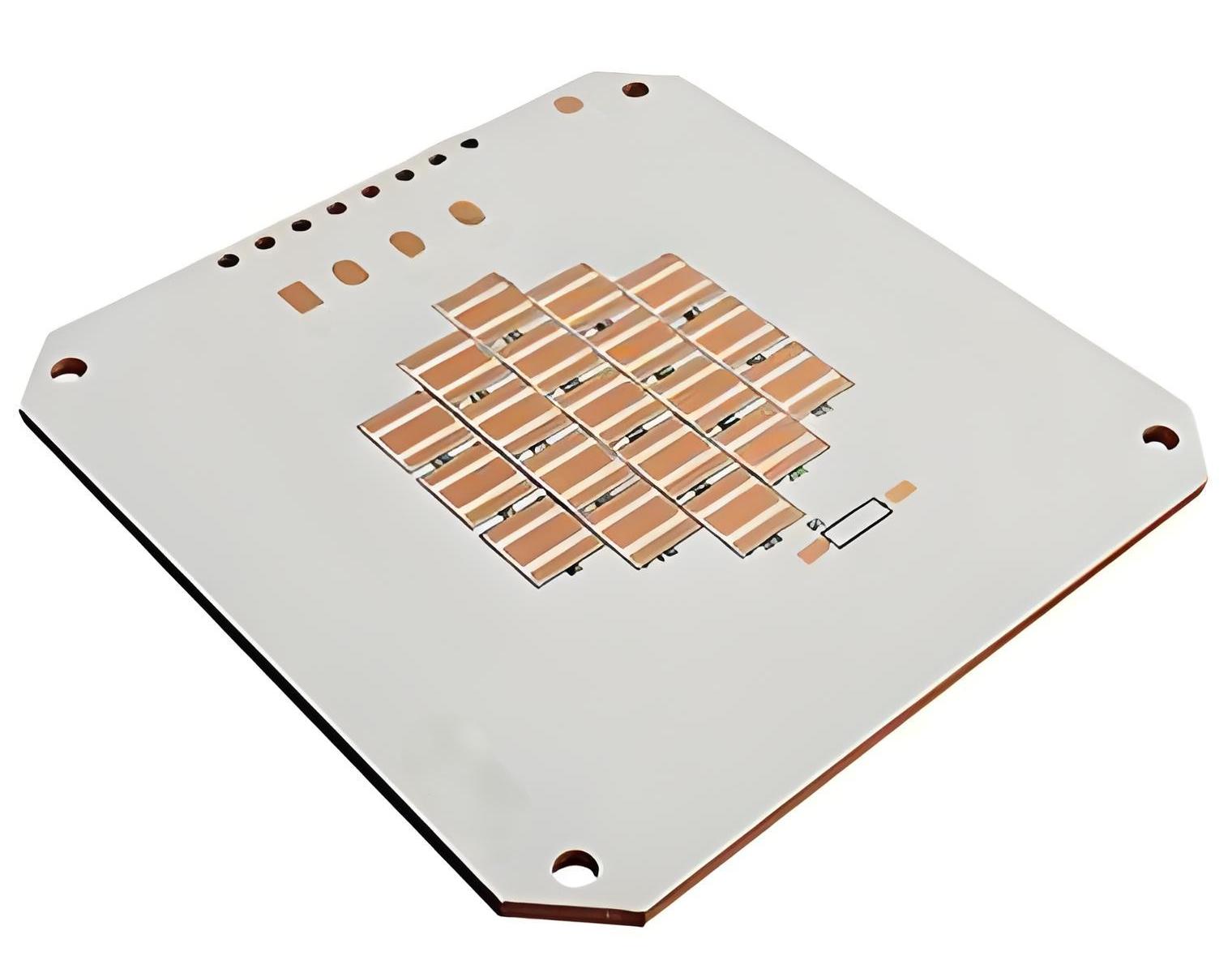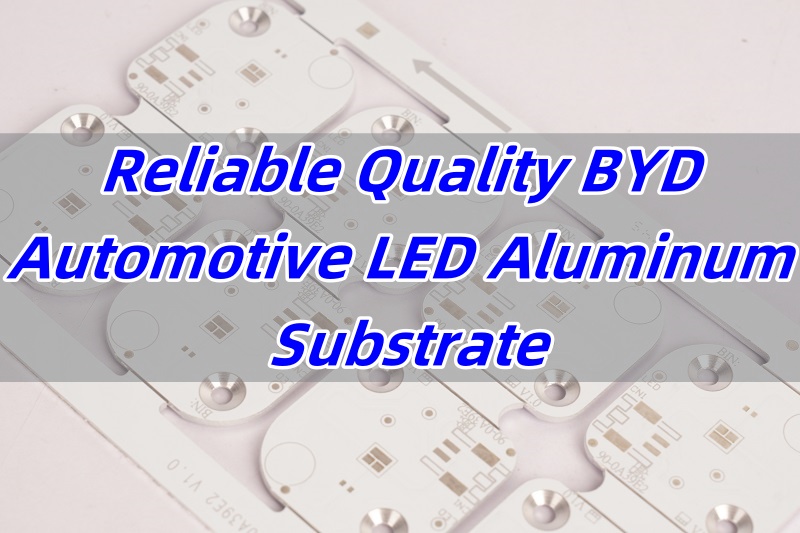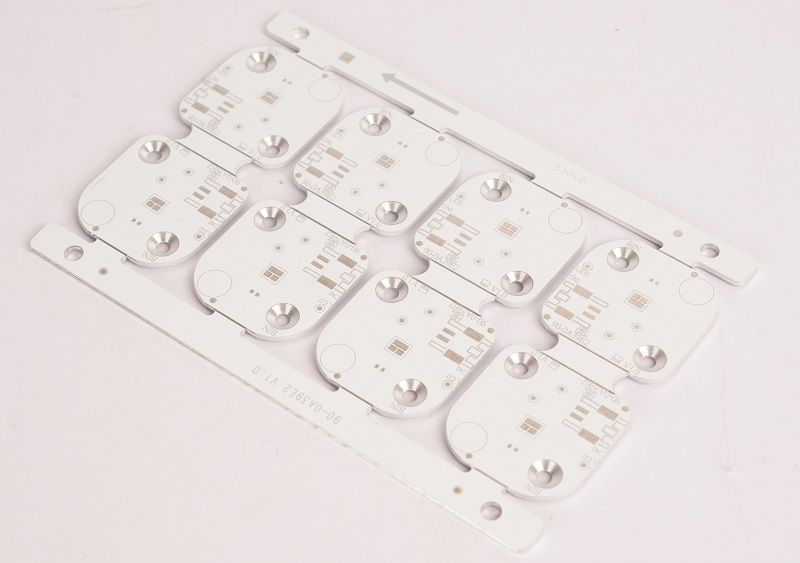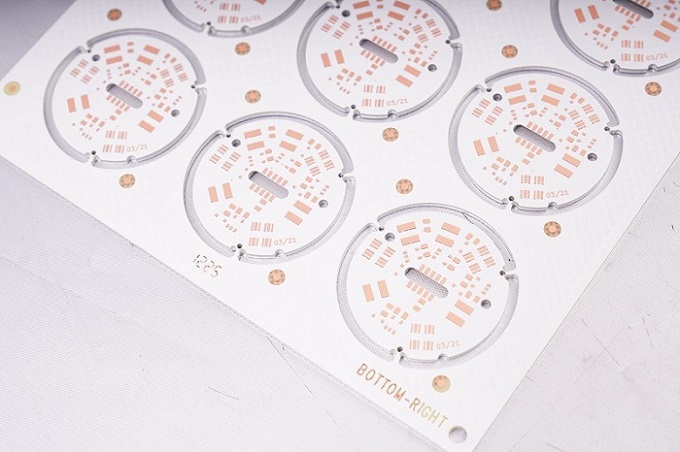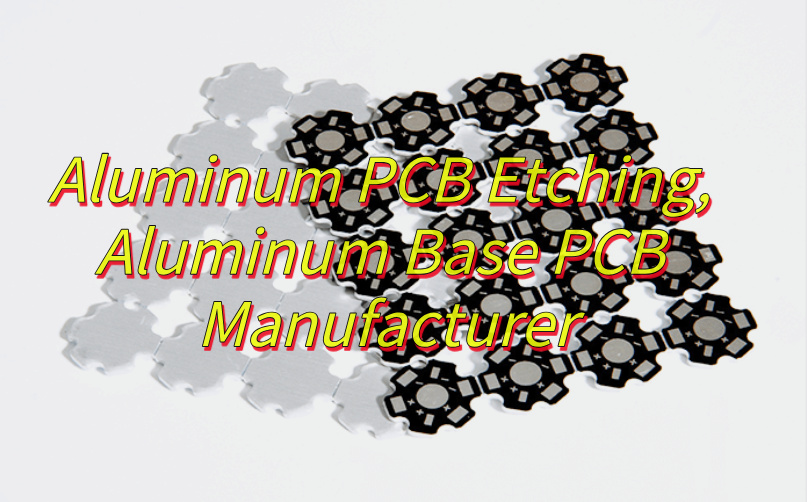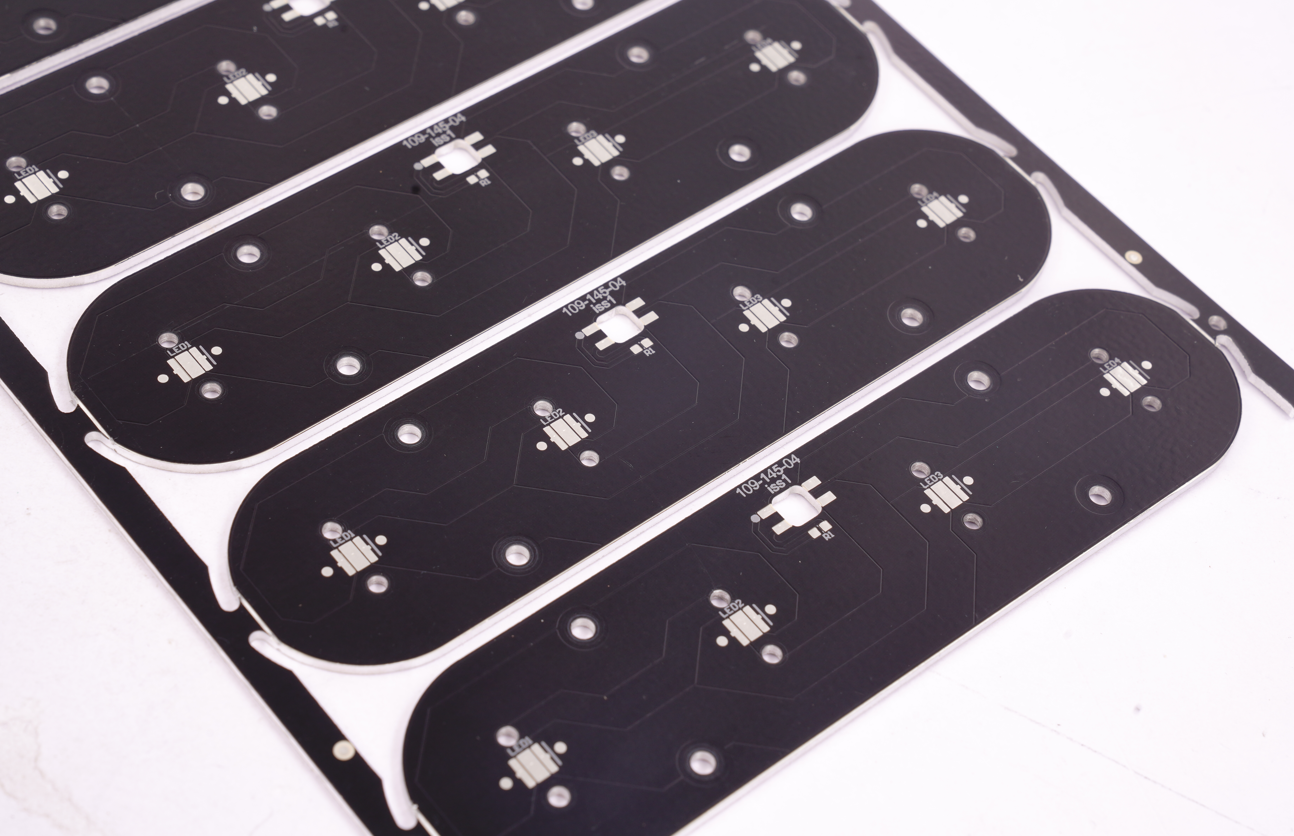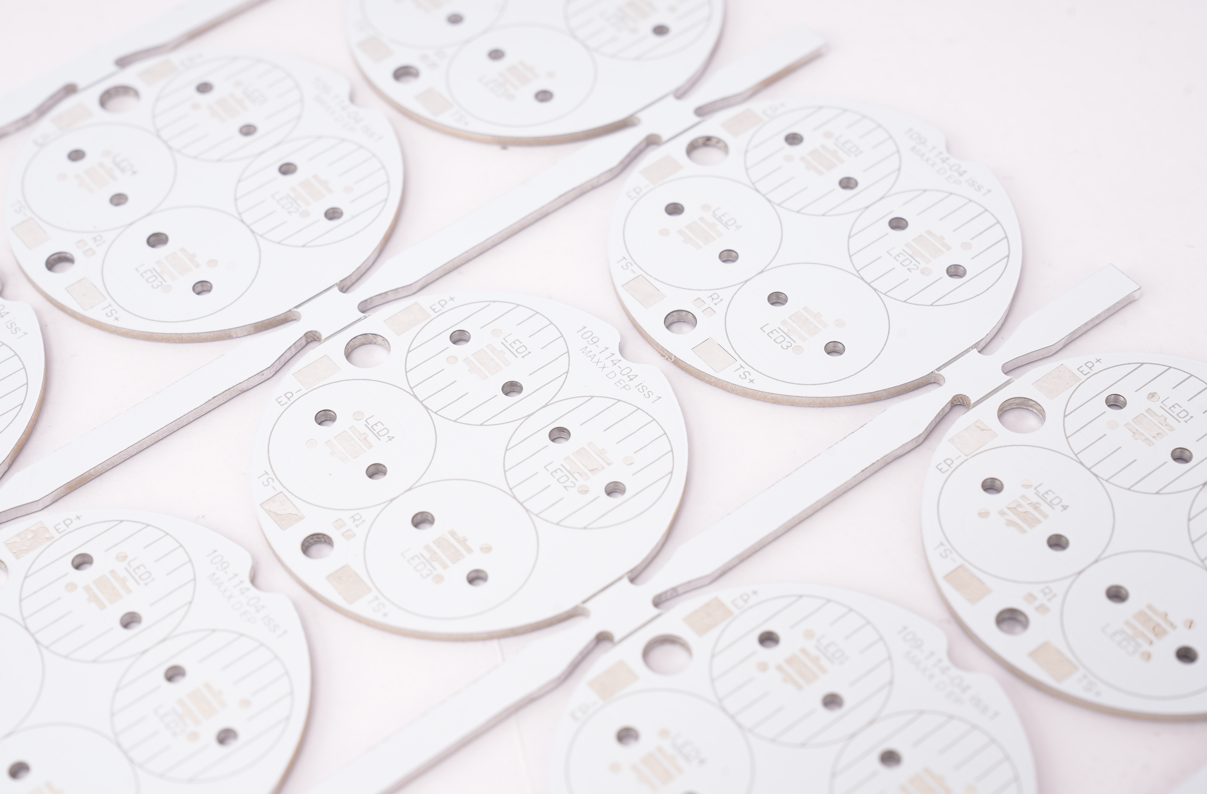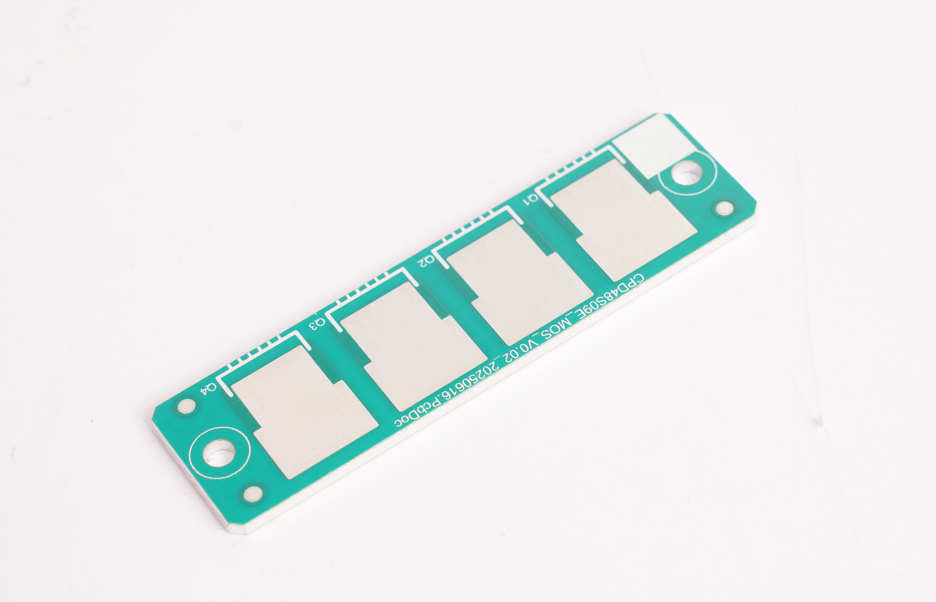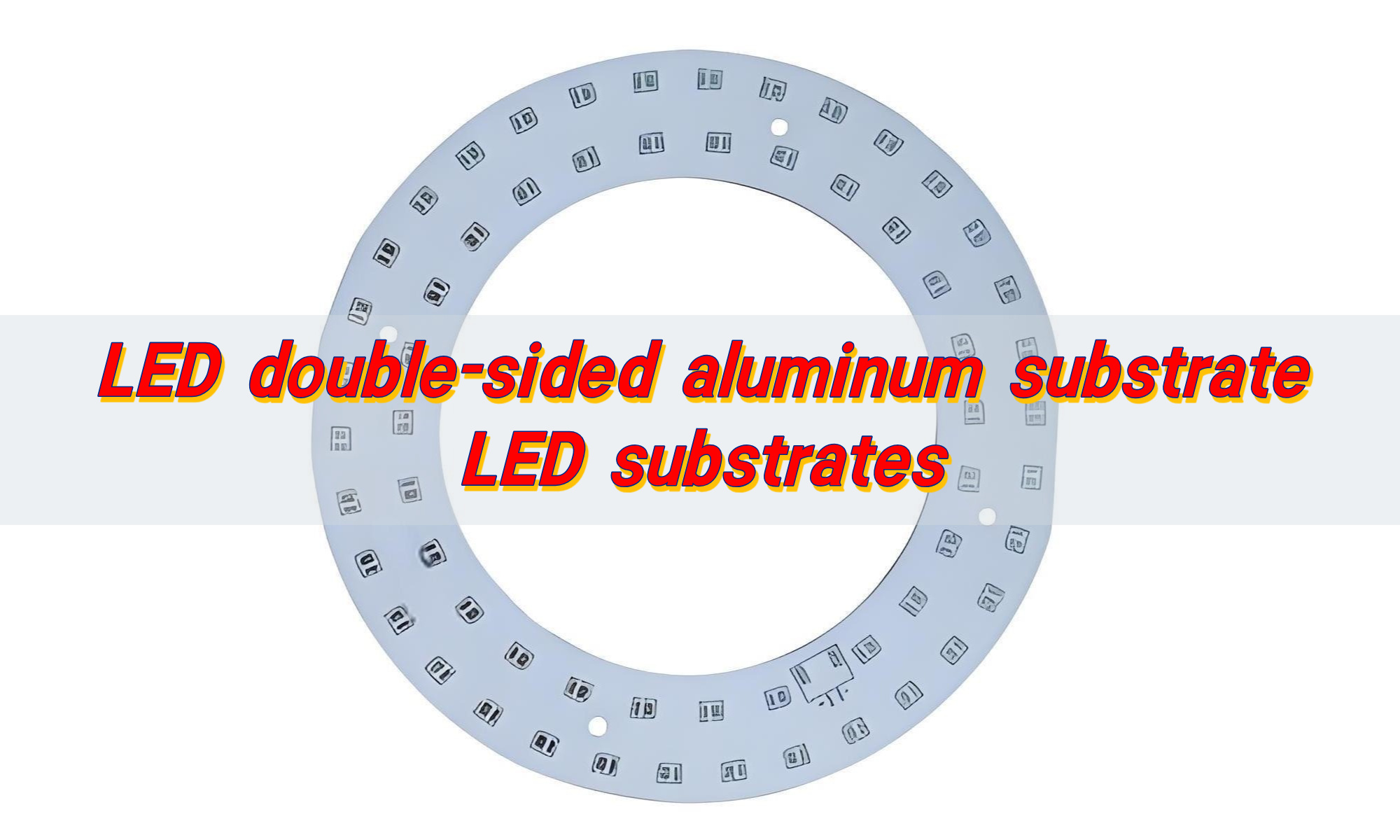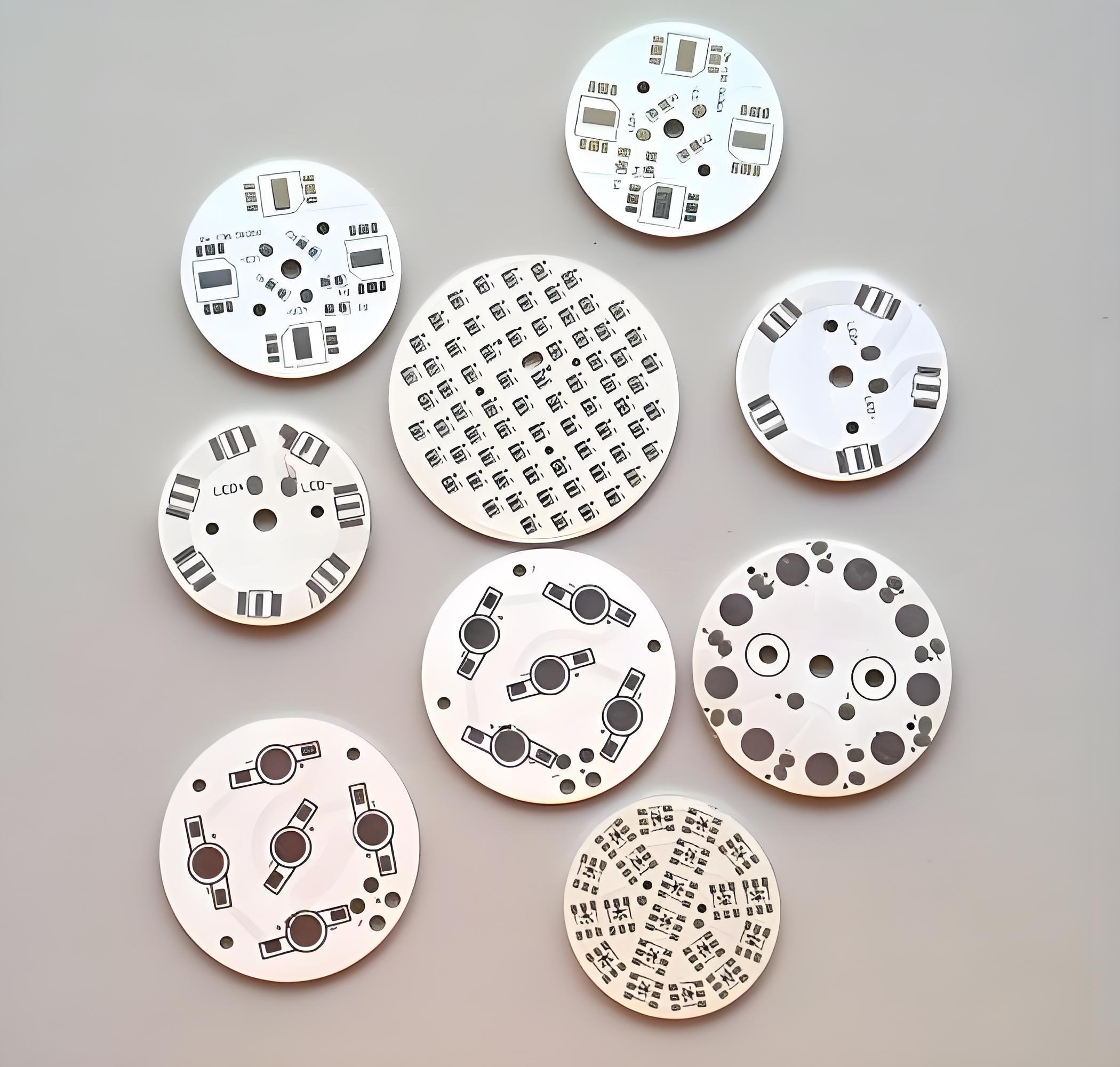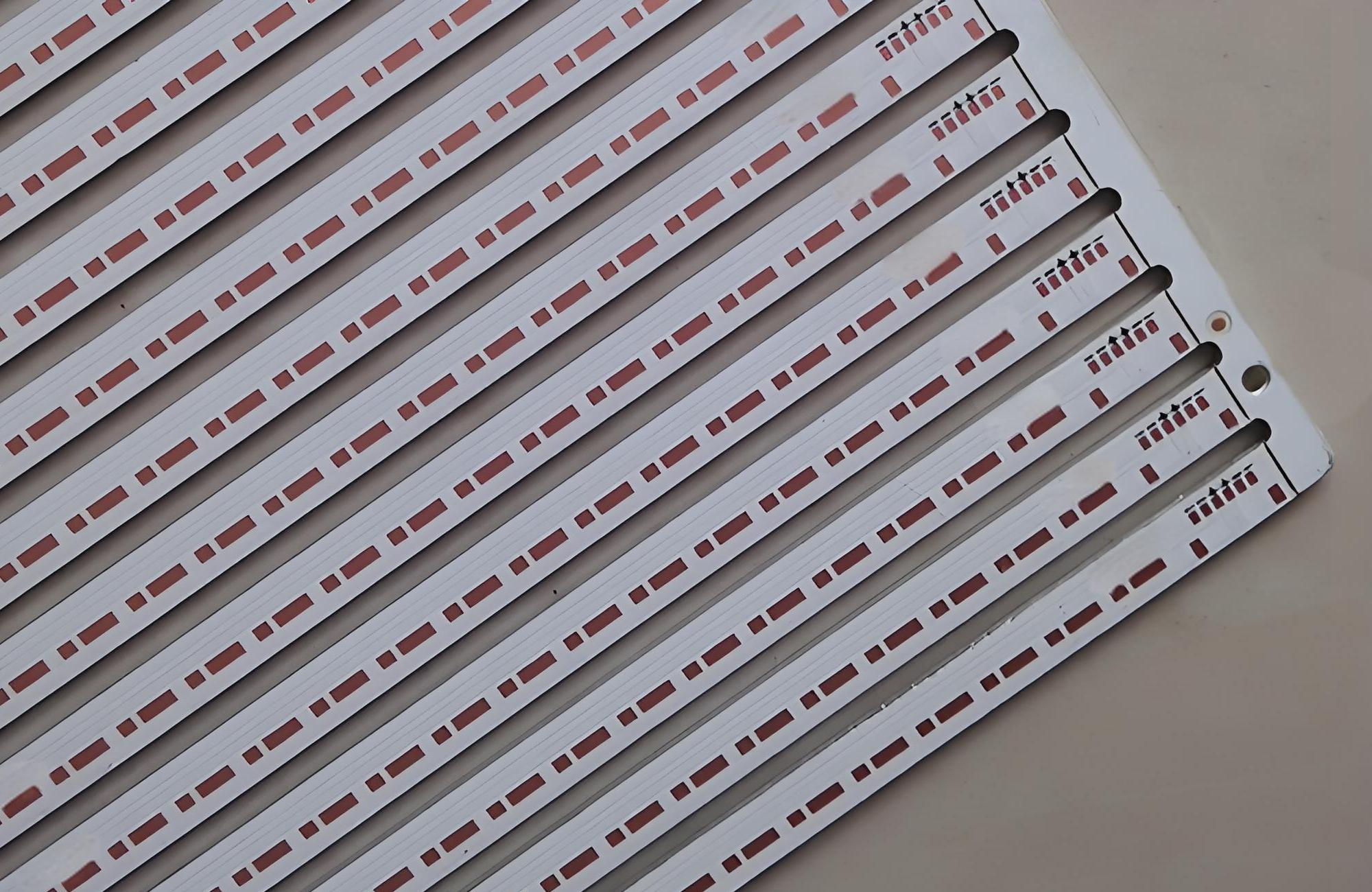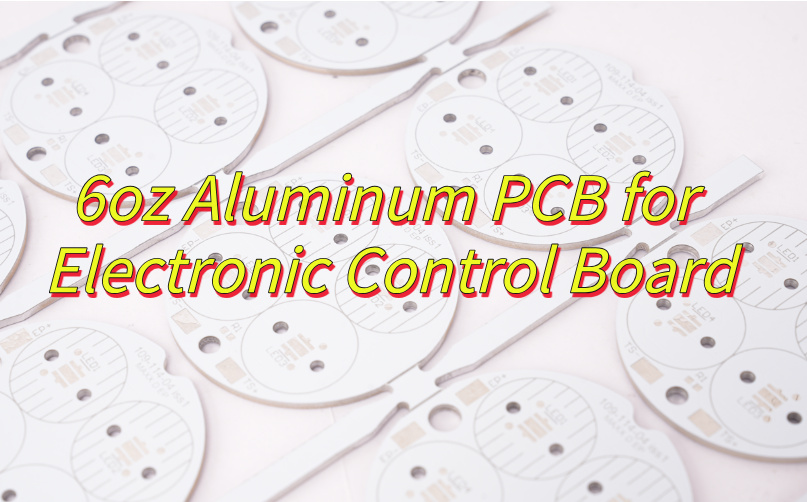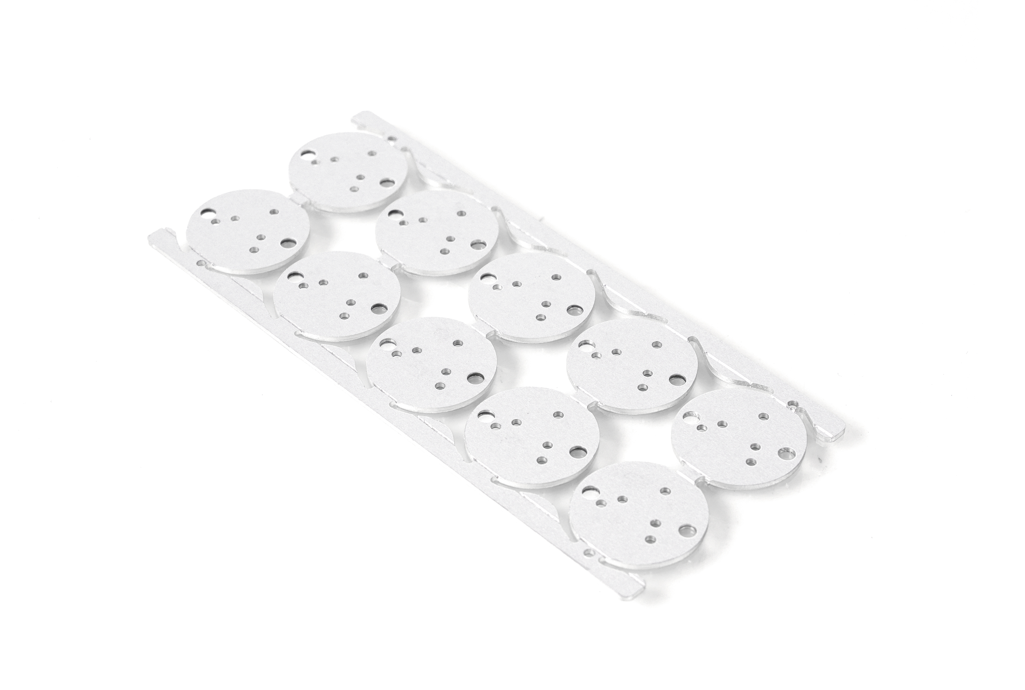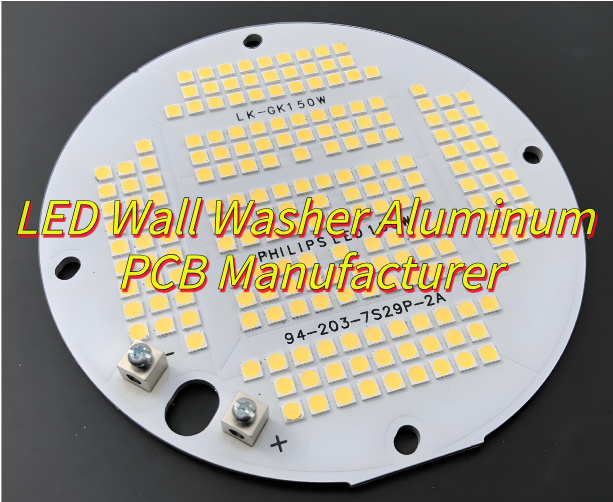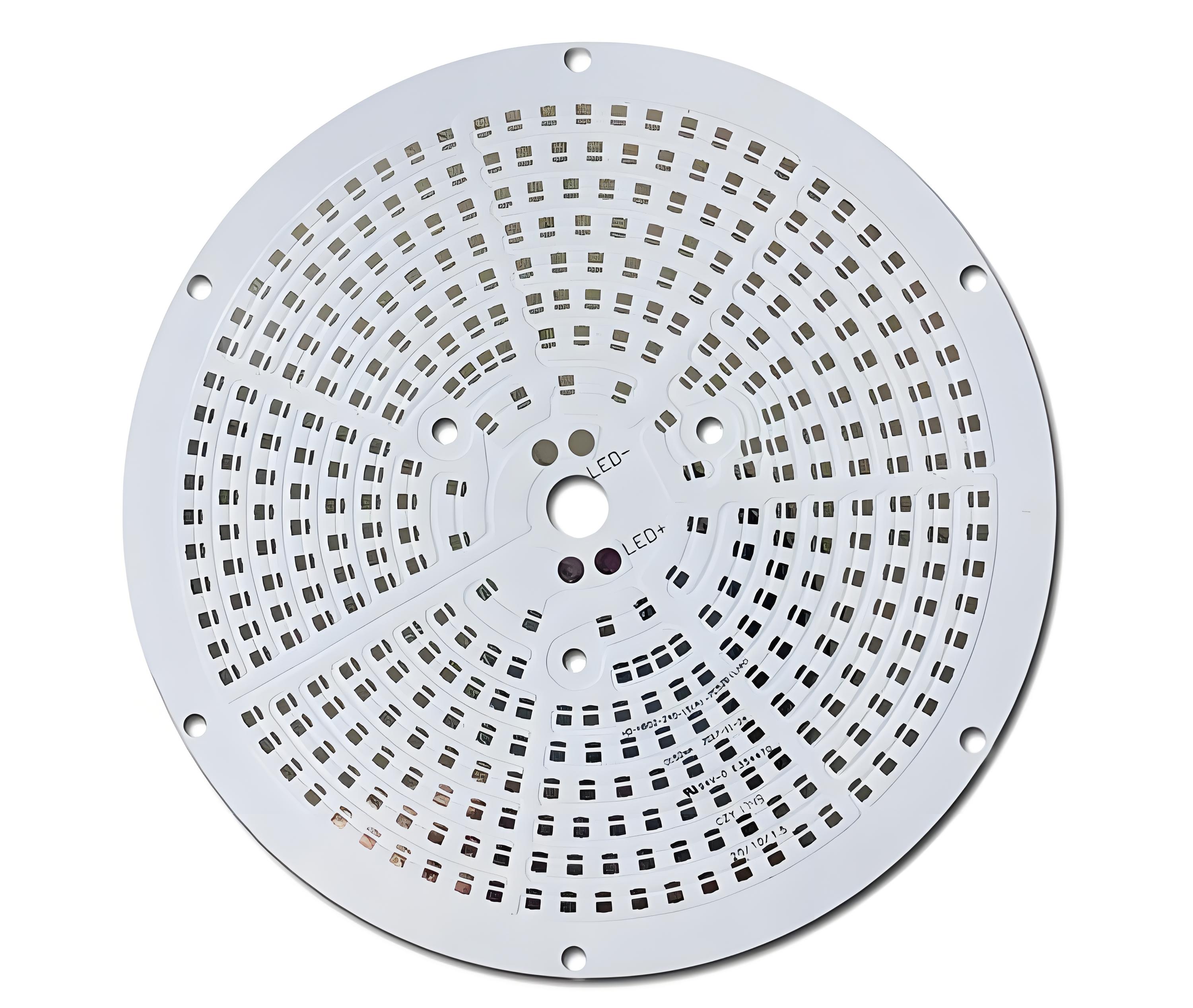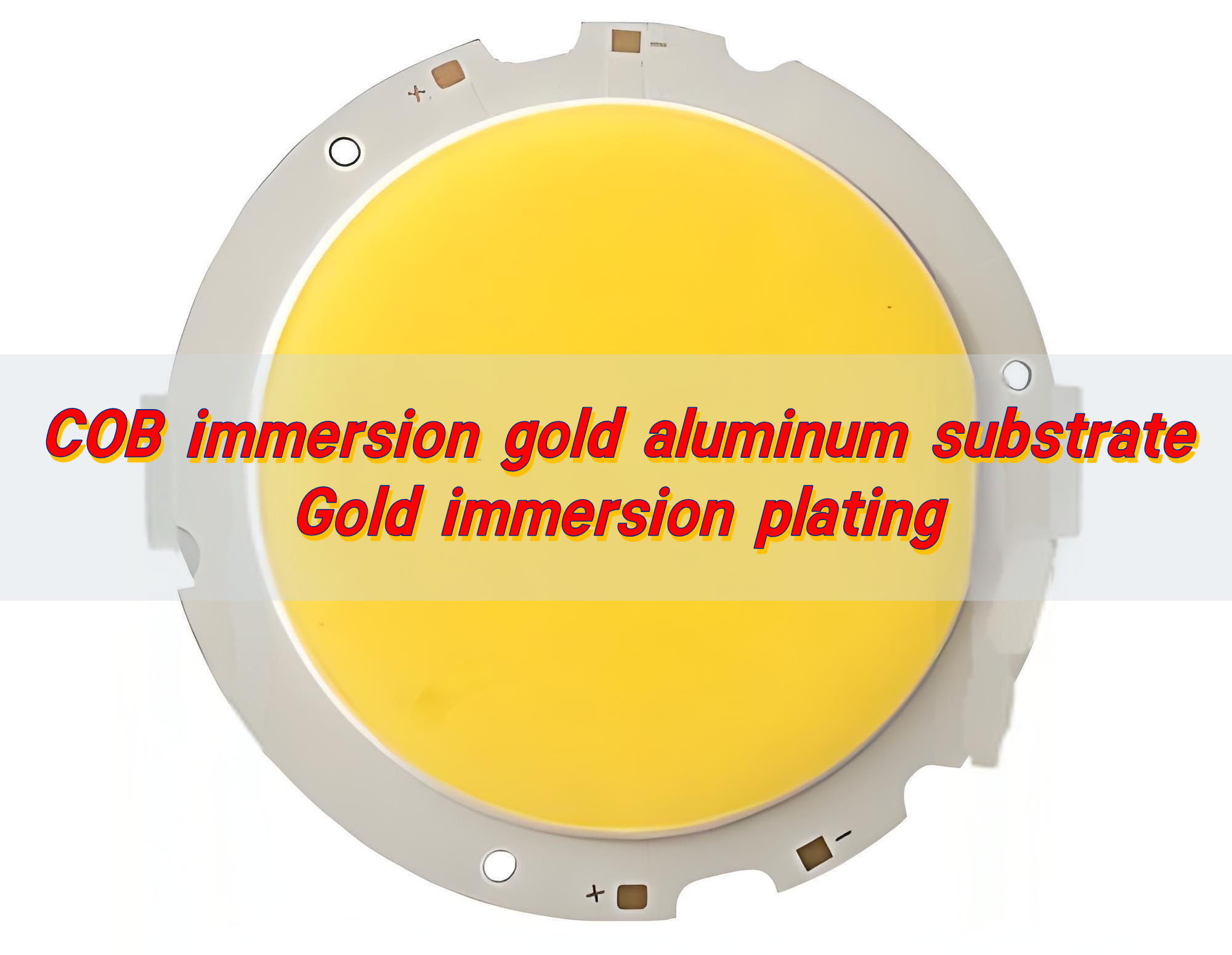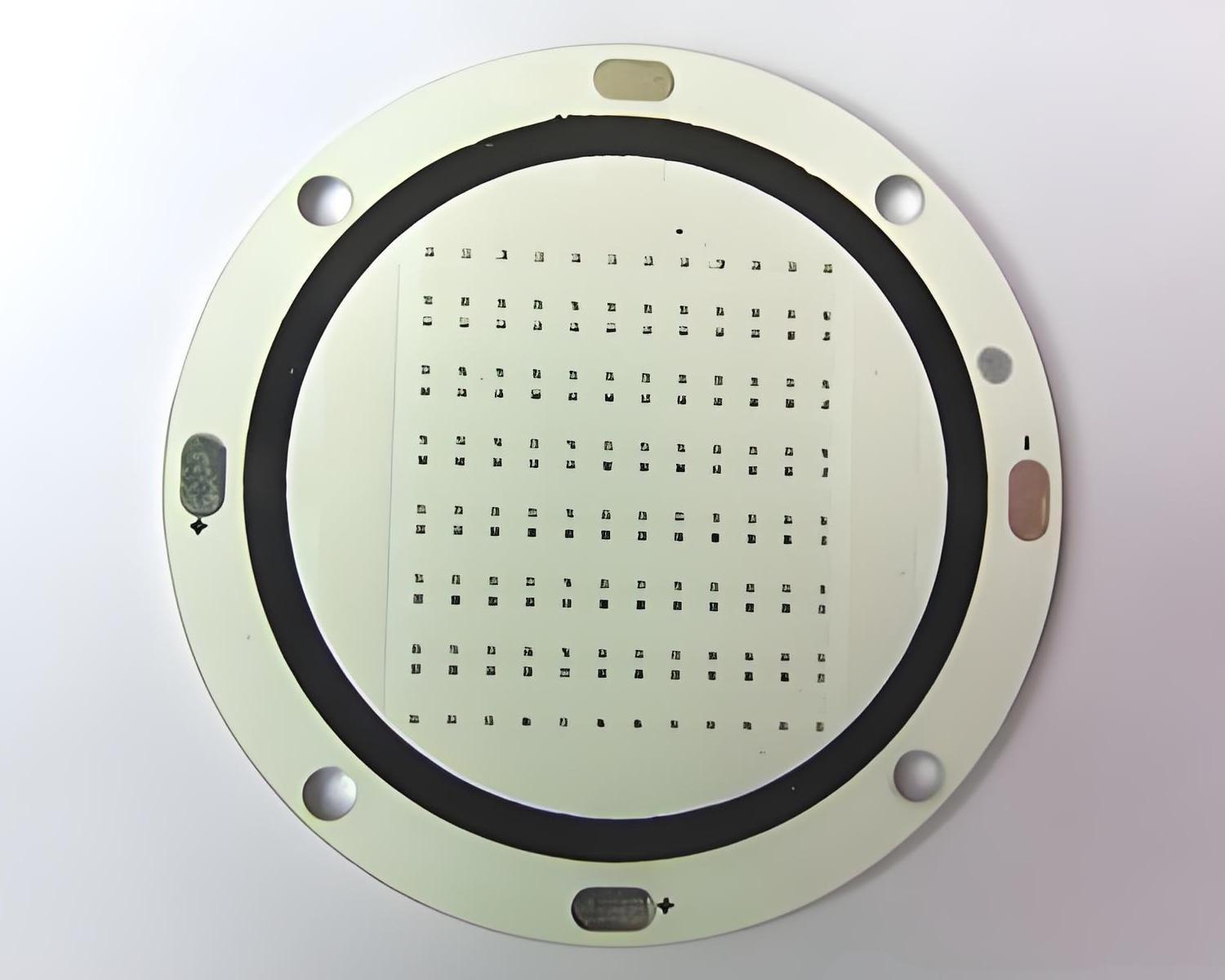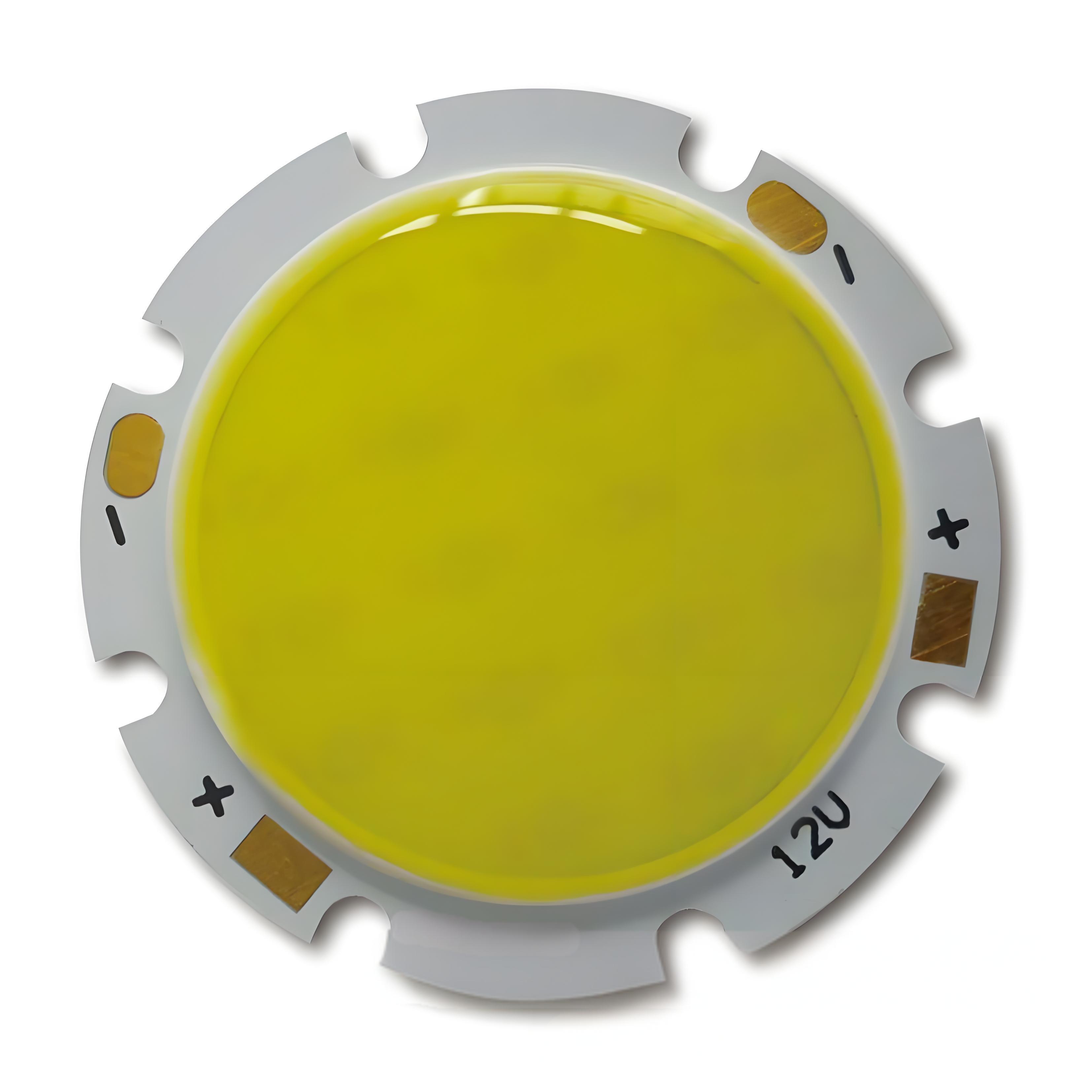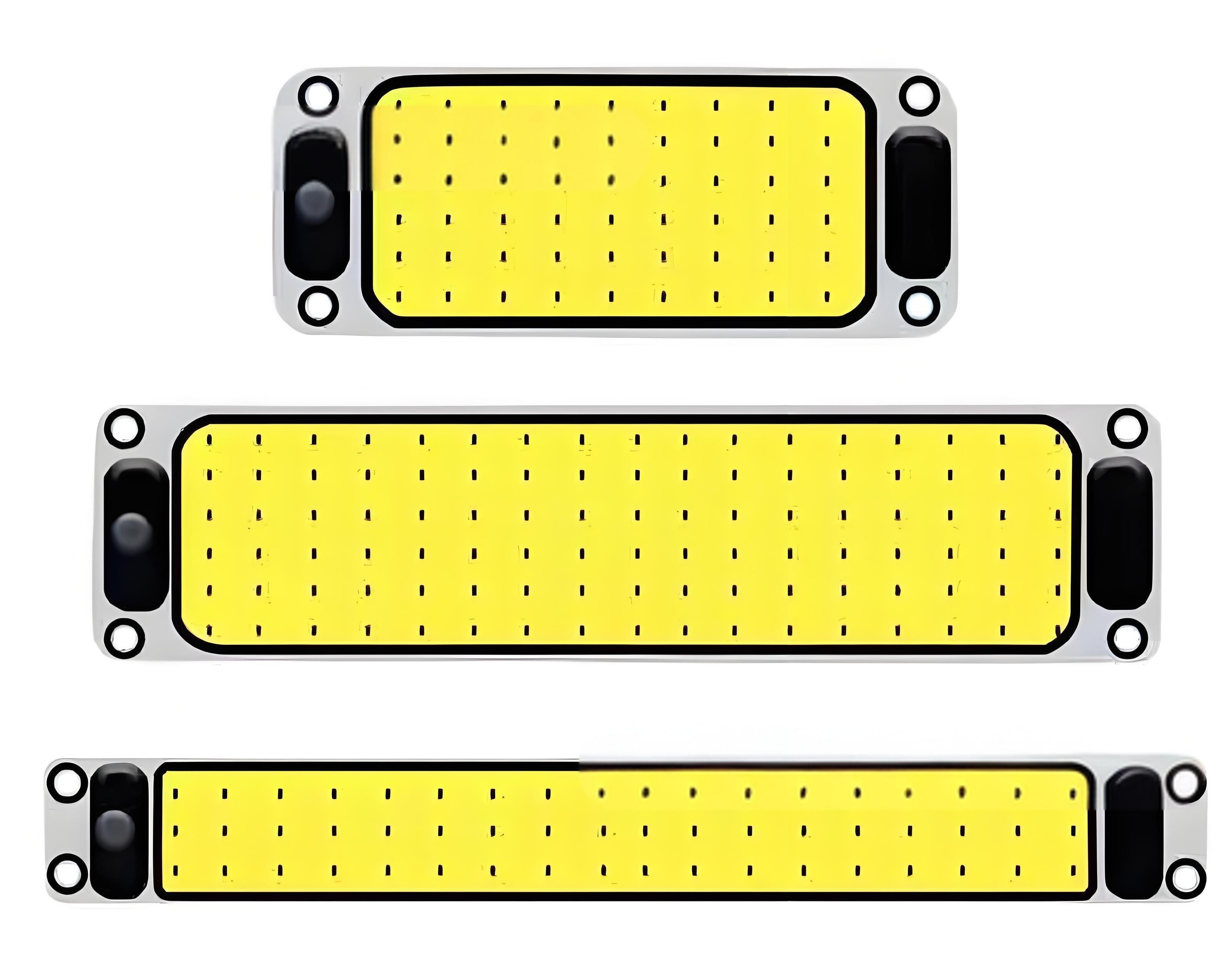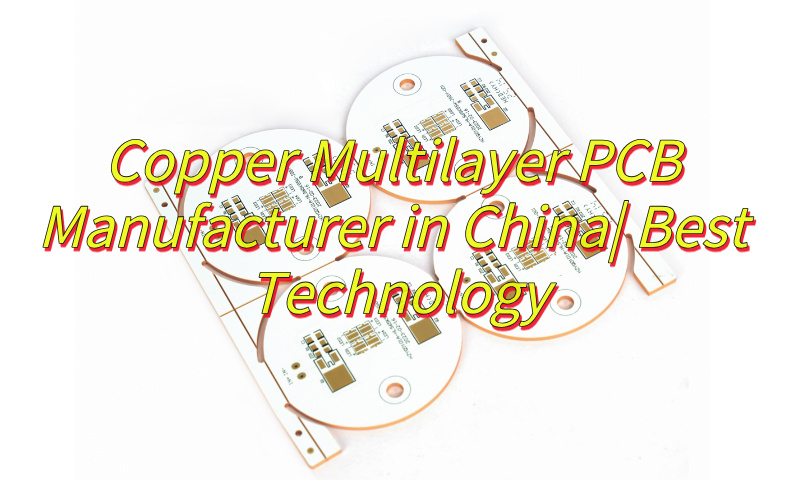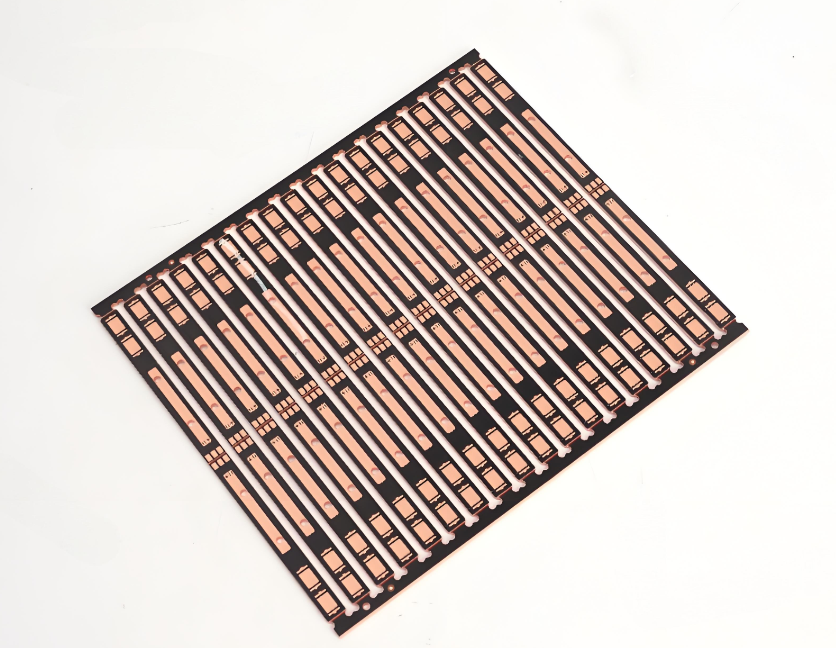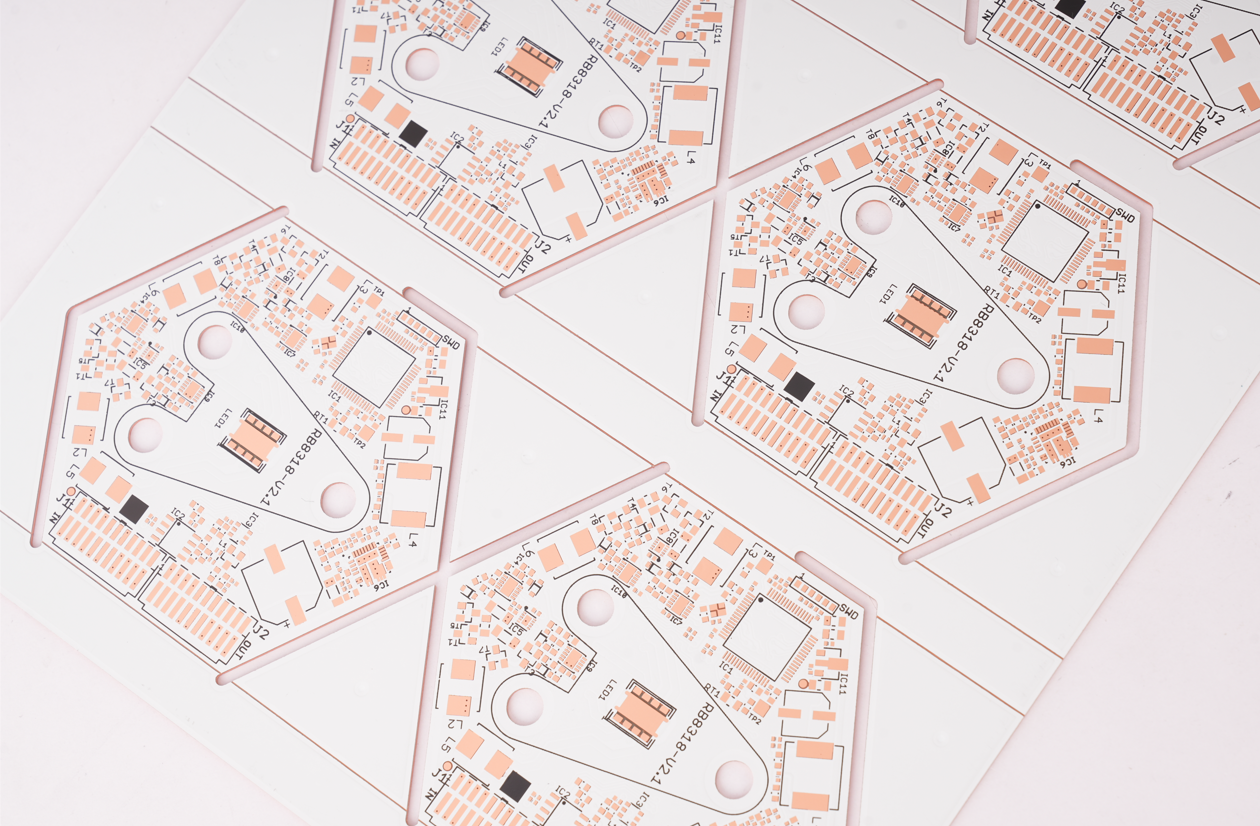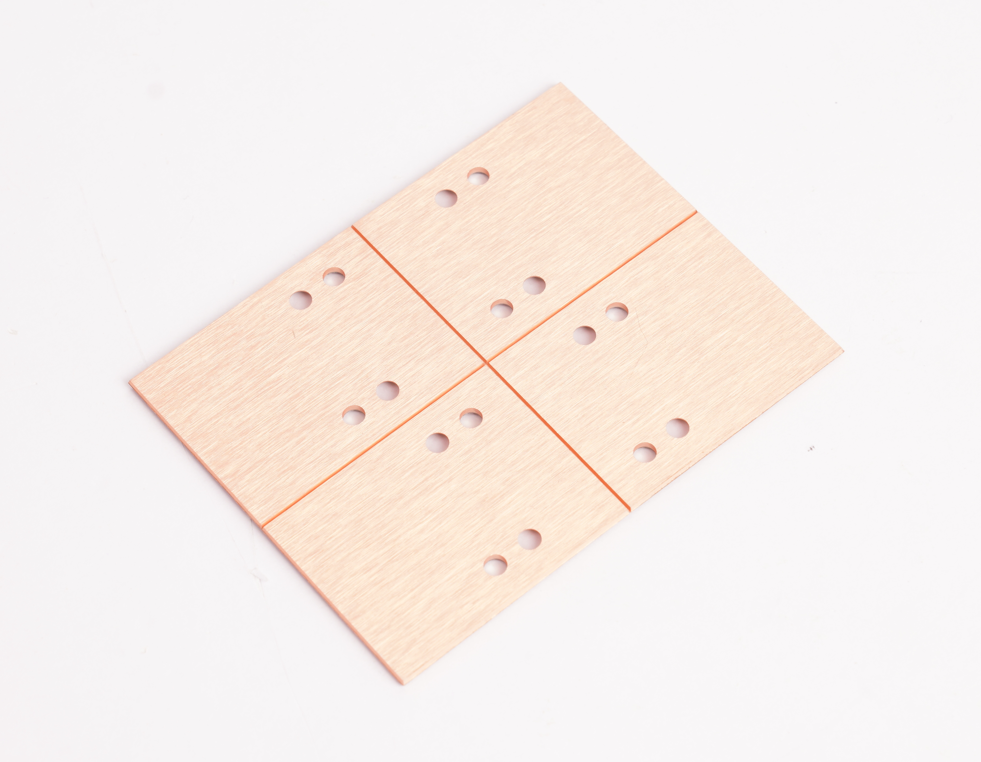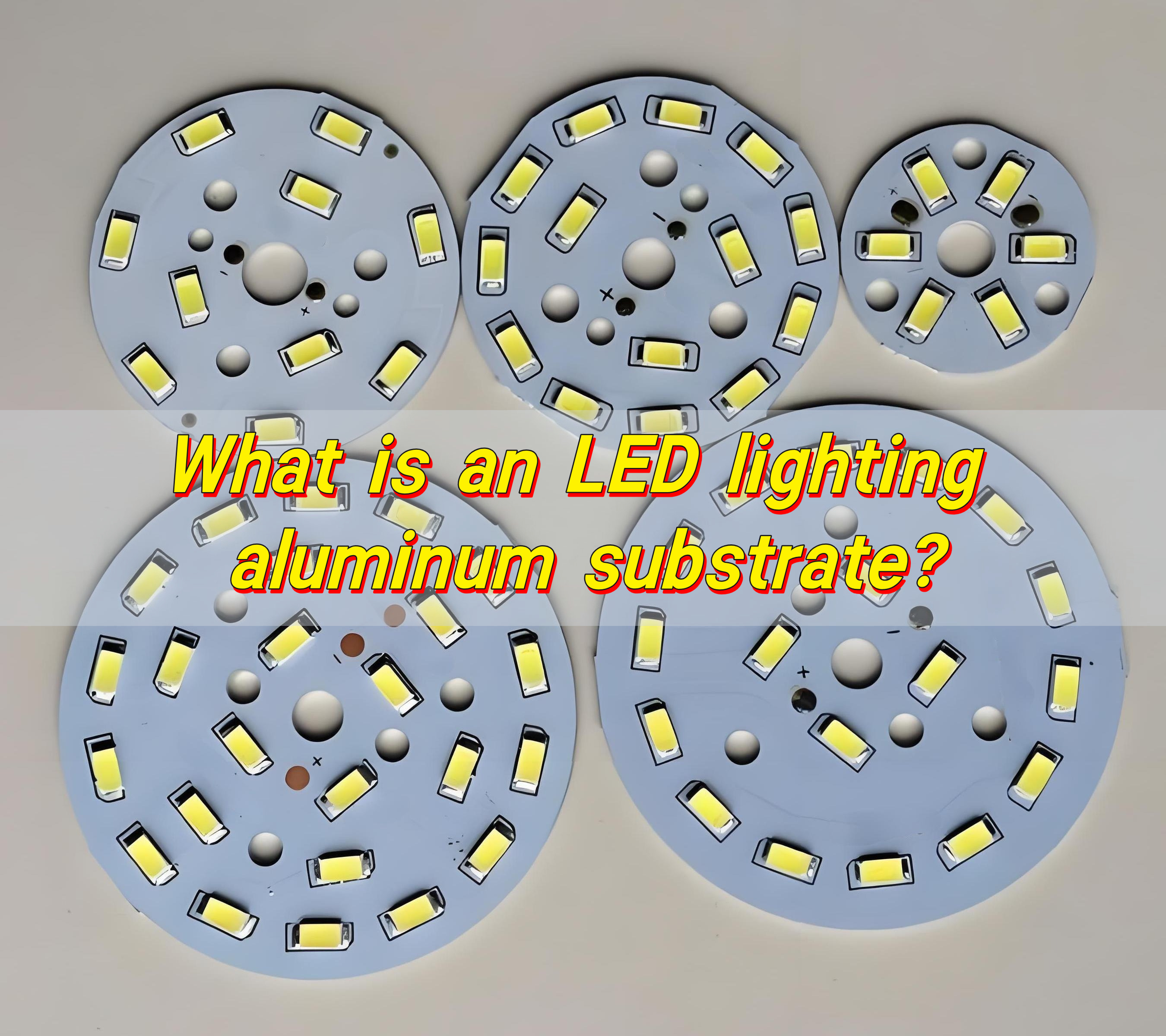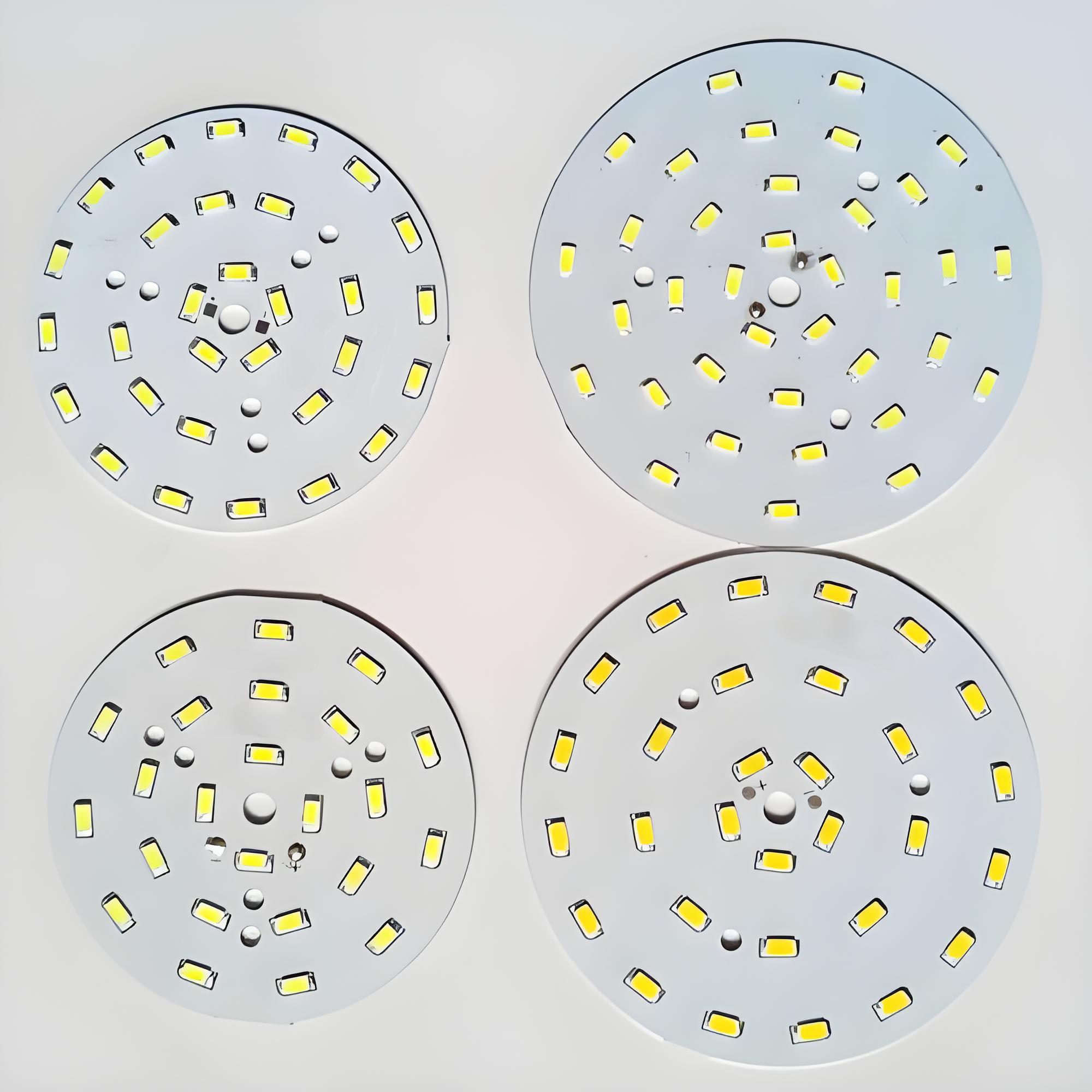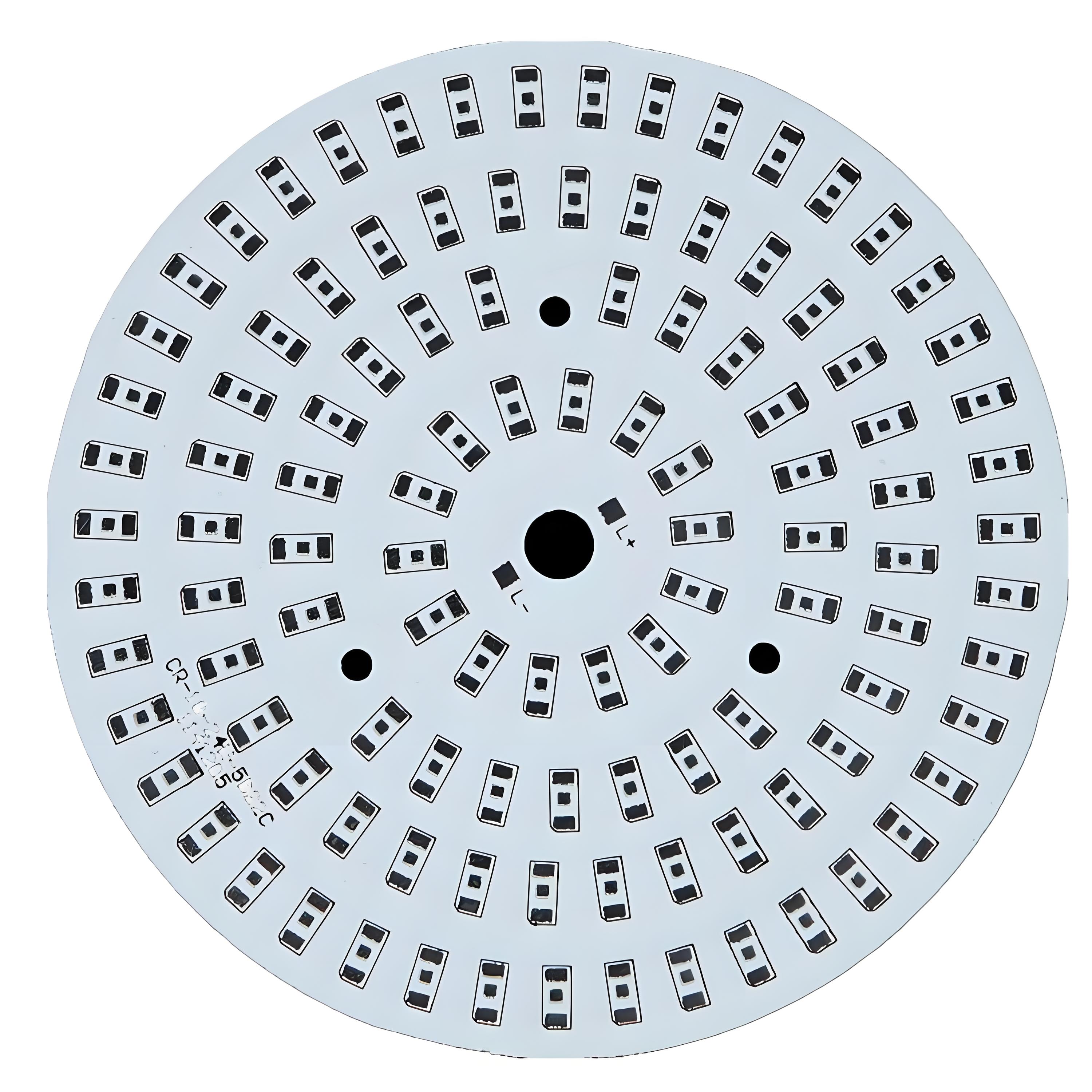A thermally conductive PCB is at the heart of heat control in modern electronics. In this blog, we primarily discuss about the definition, material, applications of thermally conductive PCB, and where to get quick thermally conductive PCB from prototypes.
Have you suffered from these bad headaches?
- Have you experienced terrible thermal management problems?
- Have you faced complexity in material selection and process?
- Have you struggled with balancing quick prototyping and mass production?
- Have you worried about the deficiency of the thermal management solution?
There are some optimal ways of dealing with the above issues.
- Applying MCPCB thermal management solutions, which conduct heat from the circuit boards to the heat sinks.
- Using thermally conductive dielectric materials to improve the thermal management capability of PCBs.
- Optimizing quick prototype and fabrication. Employing a rapid prototype development process to shorten development cycles, reduce design changes, and manufacturing complexity via modular design.
- Improving thermal management design. For example, using a thermal analysis tool to do thermal management design, and follow thermal management design rules to improve thermal management efficiency ultimately.
Best Technology is one of the best PCB manufacturers in China, providing thermally conductive PCB, IMS PCB, aluminium core PCB, busbar PCB, heavy copper PCB, HDI PCB, ceramic PCB, and more. If you want to inquire about any PCB or PCBA, just write an email to us at sales@bestpcbs.com.
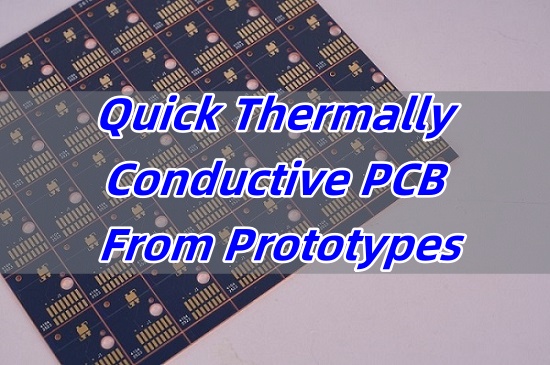
What does thermally conductive PCB mean?
The design aim of thermally conductive PCB is conducting heat from components to keep stable circuit. Thermally conductive PCB is different from common PCB. It uses high thermal conductivity rate PCB material or metal core. Heat is conducted away through copper layers, thermally conductive vias, or the metal substrate. This design if of benefit to reduce temperature of chips and extend the lifespan of devices.
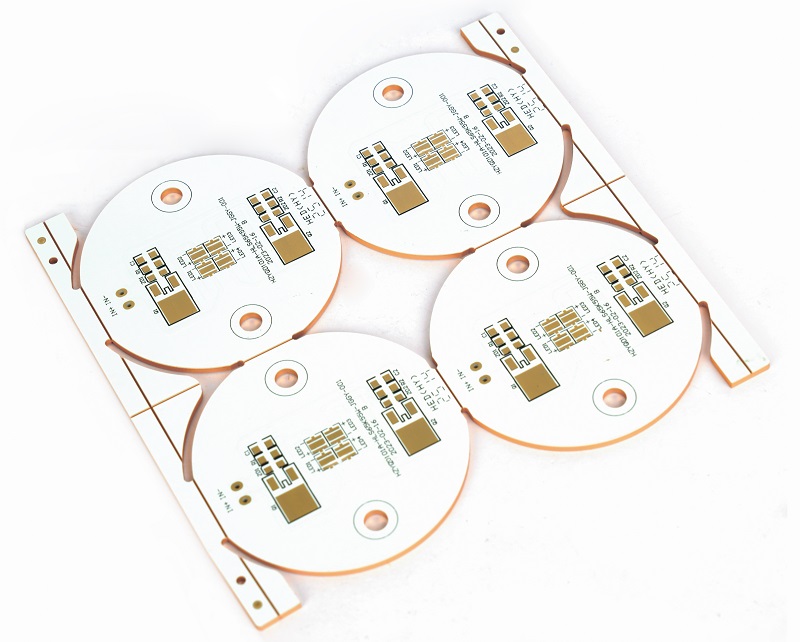
Is FR4 thermal conductivity?
FR4 thermal conductivity is low. Generally, it is only around 0.3 W/m·K. For low power device, FR4 is a good choice. However, in high power LED, automobile module or RF circuit, FR4 is not able to dissipate heat effectively. That is why designers move toward metal core boards, ceramics, or other high thermal conductivity PCB material. Many customers will meet some issues since they still use FR4 even in high heat loading situation. Best Technology helps by suggesting better materials during the early design stage.
What’s the most high thermal conductivity PCB material?
Among all options, copper thermal conductivity is the highest at nearly 400 W/m·K. However, copper PCBs are heavy and costly. Aluminum is more cost efficient, and features good thermal conductivity, lighter weight. Ceramics such as aluminum nitride are also popular for their stability and high thermal conductivity PCB material values. It is good to know that engineers will select suitable materials based on costs, weights, and the applications.
What does thermally conductive tape do for metal core PCB manufacturer?
Thermally conductive tape is widely used with metal core PCB manufacturer solutions. It is able to bond components or heat sinks to the boards’ surface. This brings benefits of improving contact and reducing heat resistance. This small process gives boards the benefit of passing heat dissipation testing, and with the benefit of cost efficiency. It is crucial to note that many customers have delayed projects since their heat dissipation testing is failed. Best Technology makes use well of thermally conductive tape, and you will enjoy benefits of short lead time and improved stability.
What is the relation: thermally conductive PCB, PCB thermal resistance?
The link between thermally conductive PCB and PCB thermal resistance is direct. PCB thermal resistance refers to the transferring efficiency of heat between layers. The lower PCB thermal resistance, the sooner heat dissipation. Thermally conductive PCB can reduce hot spots, which promotes the benefits of stability, and the higher power density. Hence, during prototyping, PCB thermal resistance parameter is key element that customers pay highly attention to.
How to use a PCB thermal conductivity calculator when selecting thermal conductivity PCB material?
A PCB thermal conductivity calculator helps predict how heat flows through materials. Input thickness, copper area, material types and other parameters by engineers, then the tools will present the result. In this way, the mistakes will be reduced. However, it is common to know that customers don’t have time to do the double checking. By using calculators, Best Technology’s engineers help save time and reduce risk by providing guidance early.
Why is a thermally conductive gap filler important for high thermal conductivity PCB material?
Thermally conductive gap filler bridges air gaps between parts and board. Air will isolate the heat transferring. But gap filler is able to conduct heat efficiently. For high thermal conductivity PCB material, the gap filler keeps the surface contact smooth and efficient. Otherwise, even the copper or ceramic boards, the effect will be largely lessened. This is significant for power electronics and LEDs particularly.
What are the applications of thermally conductive PCB?
The applications include LED lighting, electrical automobile, 5G equipment, satellite modules and the industrial drives. In these applications, heat is the most terrible enemy of performance. Thermally conductive PCB manages heat in the circumstance that it does not increase large heat sinks. Since it reduces the weight, which is useful and essential to the aerospace and automobile. And customers hope to get prototypes quickly in general. Best Technology can meet this kind of demands via flexible prototyping service.
Where to get quick thermally conductive PCB from prototypes?
It is a bottleneck problem for finding a suitable supplier. Since various company has the issue of seriously delayed delivery time or the hopeless quality control. Best Technology provides a faster path. We promise the traceability via applying MES system. Besides, we offer a full quality guarantee. Our factory is fully compatible with ISO 9001, ISO 13485, IATF 16949, AS9100D, UL, REACH, and RoHS standards. Our company is to fully dedicate ourselves to do DFM analysis, review the thermal design problem during prototyping, so that customers get not only our rapid prototypes but also our professional and workable solutions. In this way, we can accelerate the market entry time and reduce the rework costs in the meanwhile.
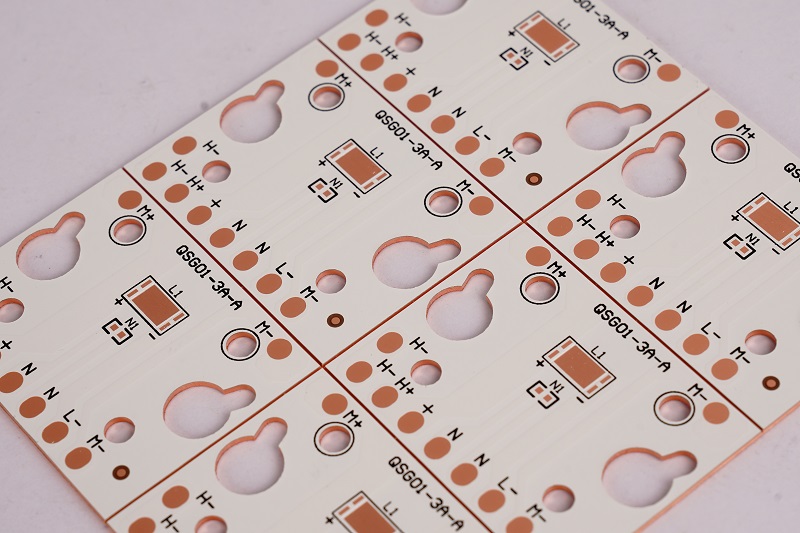
In a nutshell, for the electronic products, heat dissipation is indispensable. Every process decides the final performance, from material selection to the prototype delivery. We know some customers often suffers the headaches for the overheating or long delivery time. Best Technology solves customers’ headaches through quick thermally conductive PCB prototyping, professional technical support, and strict quality management. For those seeking a trusted thermally conductive PCB partner, Best Technology is ready to help. A warm welcome to contact us via sales@bestpcbs.com for our highly professional supports.




